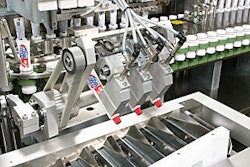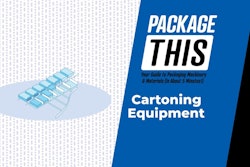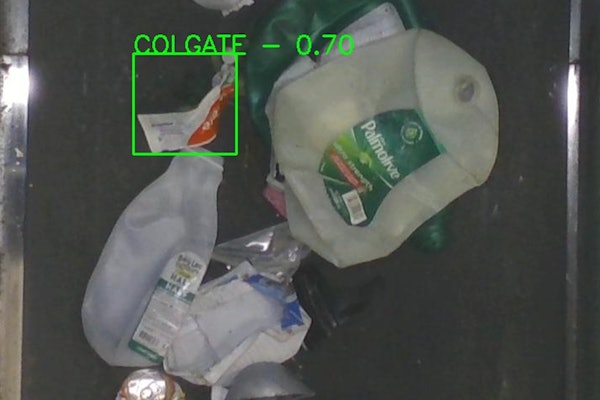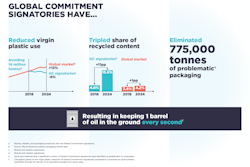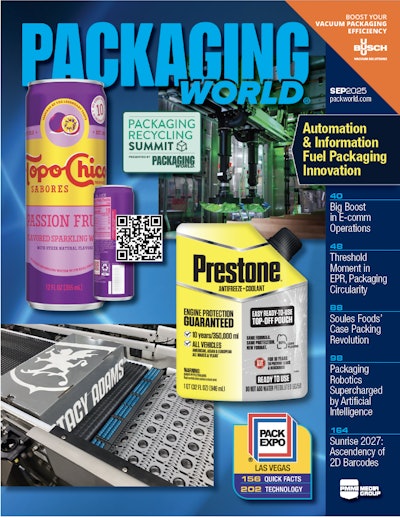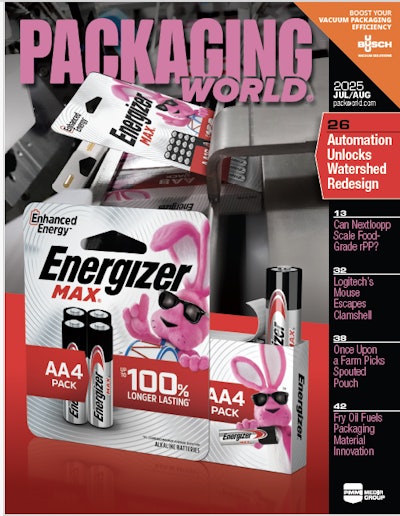
Mahaffie, Leading Futurists LLC: His take on packaging professionals in years past has been that they were being told one thing: Do it faster and cheaper—or else. Now he thinks he sees packaging pros being offered a more strategic role in shaping the business. He also stressed that as offshore manufacturing—China and India, in particular—mature, manufacturers in Europe and North America must get out of the commodities business wherever they can.
• Tim Burns, Cranial Capital: Beware the Chinese ‘trap.’ He likened China to the Venus flytrap, an exotic plant that lures insects to its pistil and then slams shut on them. Western packaging machinery builders are lured to China by thoughts of cost savings and access to new markets only to have the trap door slammed shut on them, in a manner of speaking, as their intellectual property is stolen out from underneath them. “China and the United States in five years will not be on such friendly terms,” he forecast. Another observation: The days when plastic could replace glass and metal at will are over.
• Rebecca Oesterie, Energizer Battery Co.: Cross-functional involvement yields superior outcome. When it comes to new product/package development, she said that involvement at the project inception creates a superior outcome more rapidly. She recommended that vendors be involved early, and the use of an electronic workflow. “Art and design information flow can no longer be done by people carrying things or shipping things around among the various stakeholders.”
• Chuck Paulk, Intellabuy, Inc.: Treat raw materials strategically. He emphasized that if a company’s supply management function is to be effective, it can’t be treated as a support function. He also stated, “If the lead player in the supply/purchasing group isn’t a dynamic, well-trained professional with an ability to sustain an ongoing quest for key market intelligence, a company’s buying methods will not be successful.” Paulk urged attendees to consider hedging (through either forward buying or by means of financial investments), gaining better control over contracts, participating in a buying coop or consortium, and broadening the number of suppliers to bring about healthy competition. —Pat Reynolds



